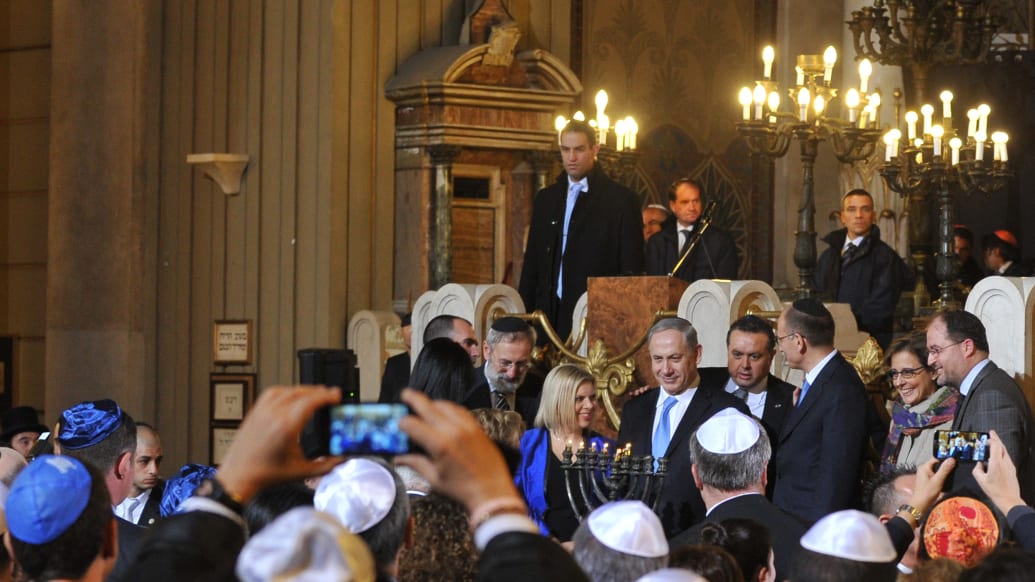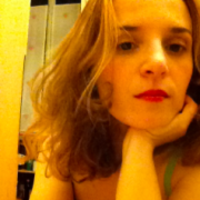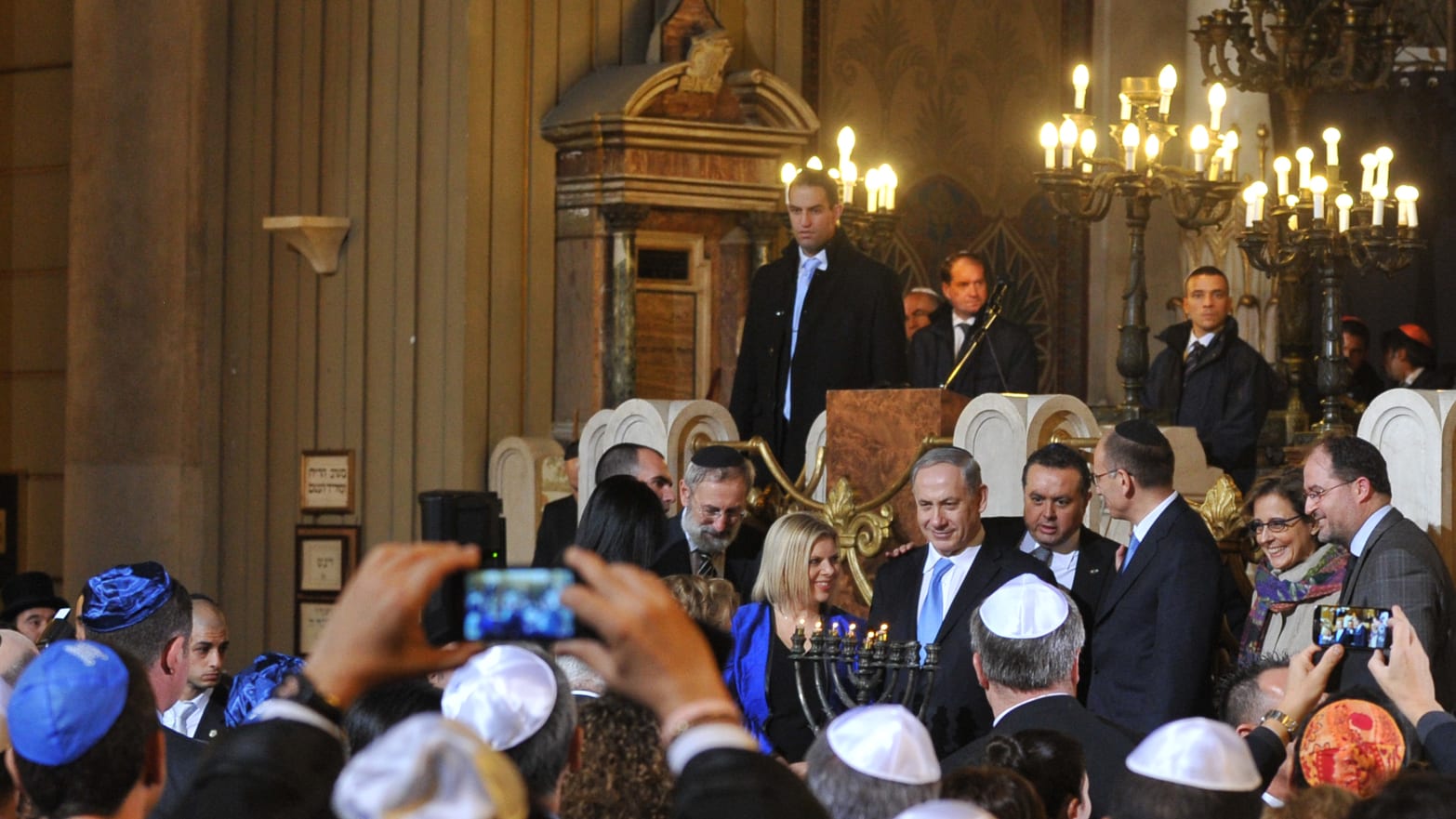MILAN, Italy – When Ariel Toaff, the descendant of a prestigious rabbinic dynasty, was studying to become a rabbi, almost no one at his yeshiva wore a yarmulke. Even those few pupils who did cover their heads during classes, took hats and yarmulkes off once they left the school. Drinking kosher wine at meals was out of the question: “It was something meant only for the kiddush—and for Ashkenazi tourists, for course,” he said.
Being an Orthodox Jew and a rabbinical student was “a completely different thing” in 1960s Italy, said Toaff, who now teaches medieval history at Israel's Bar Ilan University.

For centuries Italy's Jewish community, which dates back to ancient Roman times, followed its own brand of orthodoxy. It was uniquely open to the outside world. Its non-dogmatic approach to halakha, or religious law, was very different from the strict precepts that are usually associated with the haredi or even modern Orthodox way of life.
By today's Israeli and North American standards, the Italian Orthodox Jewish community of the old days would have seemed actually “secular”—on the surface at least. There was no modesty dress code for women. Dietary rules were interpreted liberally (keeping kosher meant no pork, no seafood, don't mix milk and meat, end of story) and gender separation was not the norm.
And no yarmulke, of course. Indeed Leon Da Modena, the legendary scholar of the 16th century, advised his congregants not to wear head coverings. When fellow rabbis from neighboring European countries criticized him for going about bare headed, he simply replied that that was the way of Italian Jews. Until recently, Italian rabbis avoided yarmulkes even in synagogue. Instead, they wore funny hats that resembled those worn by chefs, like these.
The very idea of creating separate schools for Jewish children was unheard of until the fascist era—when the openly anti-Semitic regime kicked Jewish children out of public schools, forcing the Jewish communities to create an education system of their own.
Mixed marriages, if not openly accepted, were treated with a blind eye. Converting babies born to non-Jewish mothers, rather than waiting for the child to grow up, was relatively common until the mid-1980s.
But things have changed radically over the past 30 years, and even more so in the past decade.
Today one can spot quite a few yarmulkes and long beards in the Jewish neighborhood of Rome. In Milan, some young married women have started covering their hair with traditional scarves and, to a lesser extent, even wigs. Strictly (glatt) kosher restaurants have opened and the children of those who once considered kosher wine “something for the Ashkenazi tourists” now turn to online discussion groups to find out which brand of bottled water has a kashrut certificate.
Mixed marriages are openly frowned upon. The conversion process has become longer and more complex, requiring an uncompromising observance of halakhic precepts. Converting at birth the children of non-Jewish mothers is now a no-no.
In short, Italy's Orthodox Judaism, once so unique, has now become very similar to Israeli-style orthodoxy.
Toaff attributes this shift to the growing influence of the Israeli rabbinate. “Smaller communities who don't have their own rabbis have to 'import' one from Israel,” he explained. “Moreover, many younger Italian rabbis are now trained in Israel: there they absorb a strict view of halakha which is not even part of the Italian tradition.”
Finally, he believes that even older rabbis who trained locally and “remember the old [more liberal] days” have become stricter under the pressure of their Israeli counterparts: “If your conversions aren't recognized Israel, then you're in trouble, so you have to follow the rules of the rabbinate,” he said.
As a result, “Italian Judaism as we have known it for centuries is slowly disappearing,” said Toaff. “We're just becoming a bad copy of the Ashkenazi Jews.”
The problem is that, while rabbis and institutions are becoming more conservative, the same cannot be said of the majority of Italian Jews.
Uncomfortable with an increasingly rigid interpretation of religious laws, some moderate and/or secular Jews feel alienated and rejected by the very communities in which they grew up. A few even decide to leave.
This is precisely what happened to Marina Morpurgo. A writer and translator in her early 50s, she grew up during the 1960s and 70s in the open-minded, albeit small and tight-knit, Jewish community of Milan. She attended the Jewish community school, worked at the cultural center and maintained her membership until recently, when she realized it was no longer the place for her. “Everything has changed so much, the community has become so close minded that it's hard to believe it's the same one I grew up in,” she told Open Zion.
A few years ago Morpurgo decided to quit. “It was a sad choice,” she said. “What made it even harder was the idea that there was no other place to turn to, at least for people like me.” She said that the Reform community was “too small and too new” for her tastes, “so I ended up keeping my identity alive just with my family and friends.”
Others, however, have openly resisted the attempts to “Israelize” their community.
Last month, the small congregation of Trieste fired its rabbi, David Yitzhak Margalit, who came from Israel in 2007. No official explanation has been issued about his dismissal. According to rumors, however, the reason behind his unpopularity was his refusal to accept the children of mixed marriages—despite the fact that the vast majority of council members had married non-Jews. Margalit said he would sue the council and report the issue to the Israeli rabbinate.
This was not an isolated case. Three years ago another strict rabbi, Alberto Somekh, was also dismissed from Turin after he refused to celebrate the bar mitzvah of Primo Levi's grandson. Since Levi, a Holocaust survivor and author of Survival in Auschwitz and The Periodic Table, was one of Italy's most famous citizens, the incident made headlines in national newspapers.
But some claim that the changes of recent decades cannot be attributed entirely to uncompromising rabbis, or to the influence of Israeli religious authorities. “Demography and immigration played an important role,” said Stefano Jesurum, a council member of the Jewish community of Milan.
The large recent influx of immigrants from North Africa and the Middle East has had a profound impact on the veteran Jewish communities.
Most Italian Jews used to be either Italkim, whose presence in the country dated back to the second century BCE (and thus cannot be classified as either Ashkenazi or Sephardi), or Sephardi Jews who came to Italy in the 16th century. Today the two have become almost indistinguishable.
Between the 1960s and 1980s, however, a new wave of Jewish immigrants arrived from Arab and Muslim countries. “Recent immigrants from Lebanon, Libya and Iran have a more conservative idea of Judaism,” said Jesurum.
“This, of course, is perfectly fine. But the problem begins when a growing number of liberal Jews feels excluded and people leave the community.”
Jesurum feels that liberal Jews, who used to be accustomed to the unique brand of Italian orthodoxy, have somehow given up being part of the very community into which they were born. “That's the real pity. Can't we find a way to get along despite our differences?”

